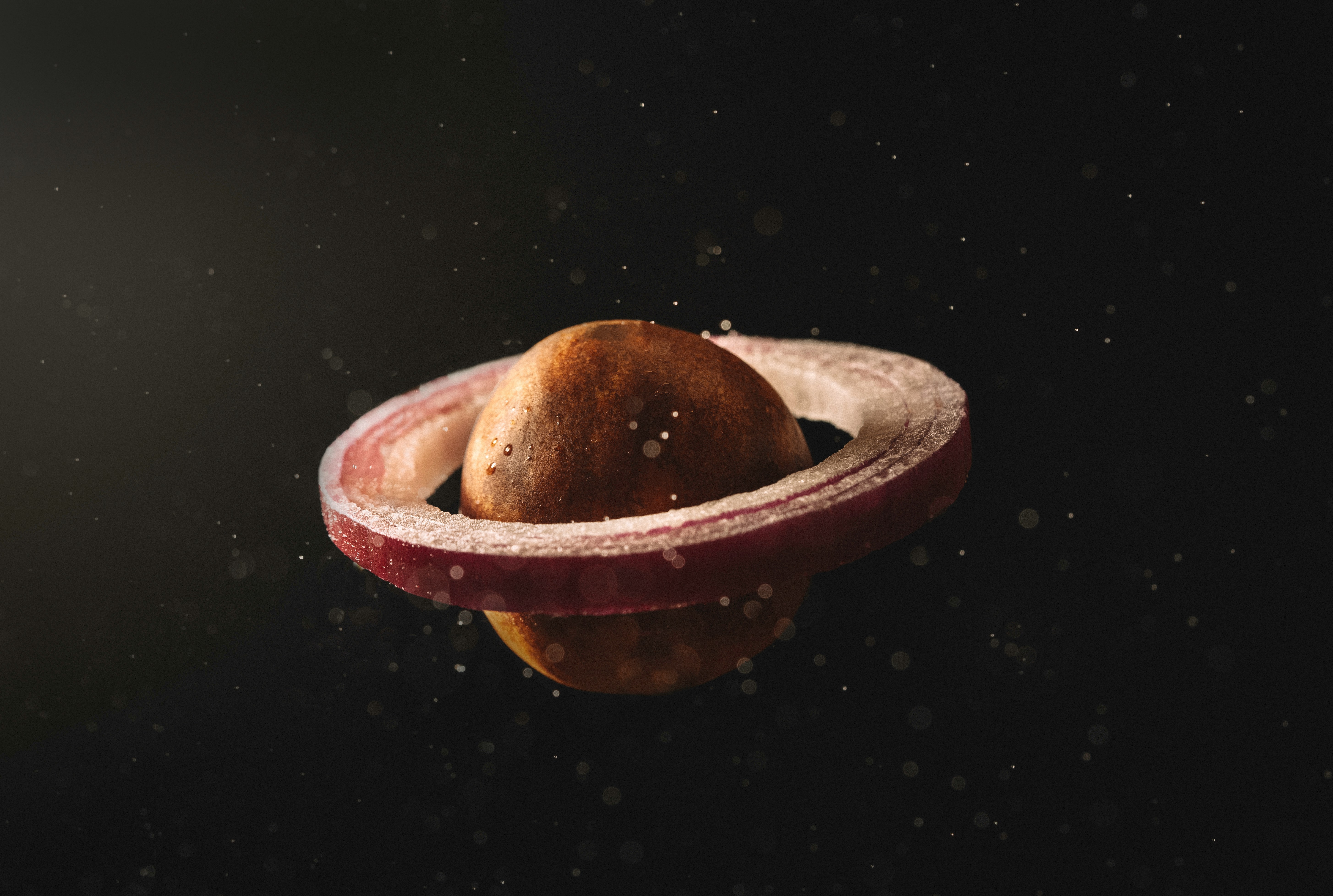The Future of Food: Exploring Space Food Innovations for Mars Missions

Introduction
As humanity sets its sights on exploring Mars, the future of food takes center stage in ensuring the success and sustainability of such missions. Innovations in space food technology are not only vital for astronauts embarking on long-duration missions but also have the potential to revolutionize food systems here on Earth.
Lab-Grown Meat and Cellular Agriculture
One groundbreaking approach to providing sustainable protein sources for Mars missions is through lab-grown meat and cellular agriculture. By growing meat from animal cells in a controlled environment, scientists can produce high-quality protein without the environmental impact of traditional livestock farming.
Ancient Grains Making a Comeback
Incorporating ancient grains into space food formulations offers both nutritional benefits and variety for astronauts. Grains such as quinoa, teff, and amaranth are packed with essential nutrients and can thrive in challenging environments, making them ideal candidates for Mars agriculture.
AI-Assisted Recipe Generation
AI algorithms can analyze nutrient requirements, flavor profiles, and texture preferences to generate personalized and nutritionally balanced recipes tailored to individual astronauts. This technology streamlines food production processes while catering to diverse dietary needs.
Zero-Waste Restaurant Innovations
Implementing zero-waste practices in space food preparation minimizes resource consumption and maximizes efficiency. From composting organic waste to utilizing reusable packaging materials, these innovations promote sustainability in closed-loop food systems.
Vertical Farming and Urban Gardens
Space-efficient vertical farming systems and compact urban gardens provide fresh produce for Mars missions while optimizing limited space. Cultivating crops indoors under controlled conditions ensures a consistent supply of nutritious fruits and vegetables throughout the mission.
Flavor Chemistry and Sensory Design
Understanding the impact of microgravity on taste perception is crucial in developing flavorful space meals. By leveraging flavor chemistry and sensory design principles, food scientists can enhance the palatability of astronaut meals and combat taste alterations experienced in space.
Plant-Based Seafood Alternatives
Cultivating plant-based seafood alternatives offers sustainable protein sources that mimic the taste and texture of traditional seafood products. By harnessing plant proteins and innovative processing techniques, these alternatives cater to seafood lovers among astronauts without depleting ocean resources.
Conclusion
The future of food lies at the intersection of space exploration and culinary innovation, where advancements in space food technology pave the way for sustainable practices on Earth. By embracing cutting-edge solutions such as lab-grown meat, AI-assisted recipe generation, and vertical farming, we can nourish astronauts on Mars while reimagining our relationship with food back home.
